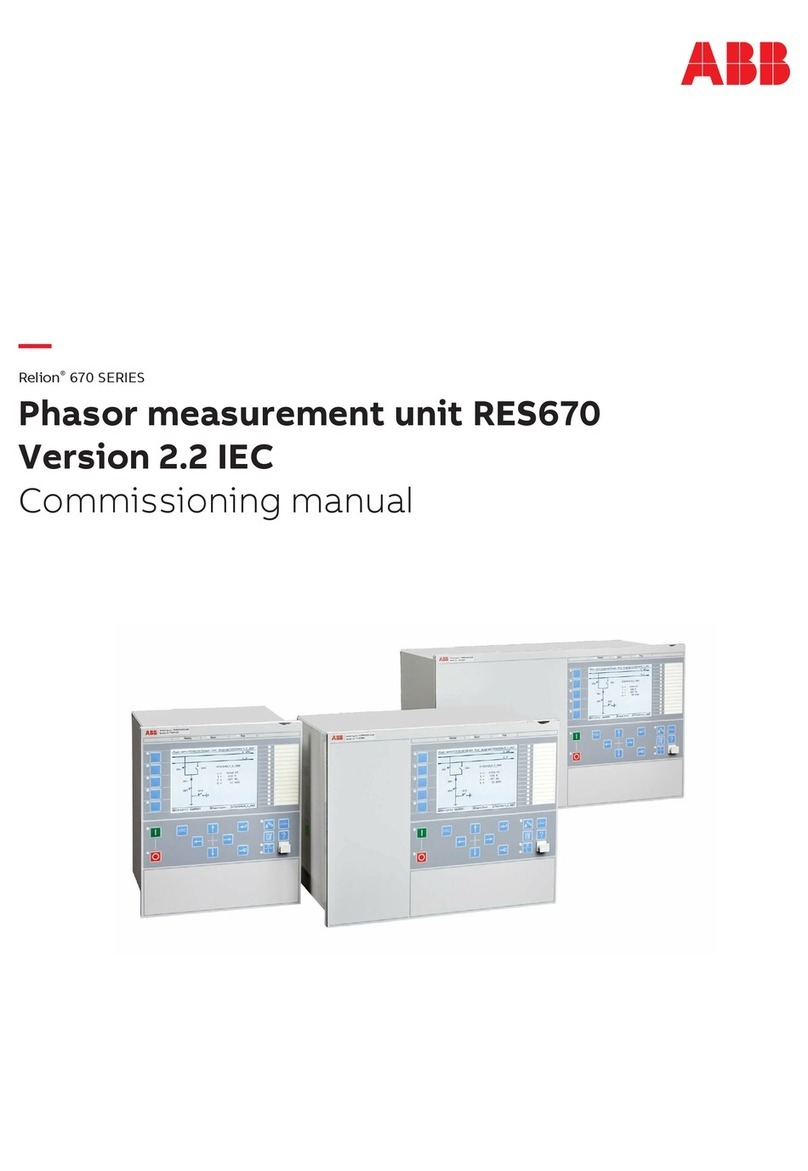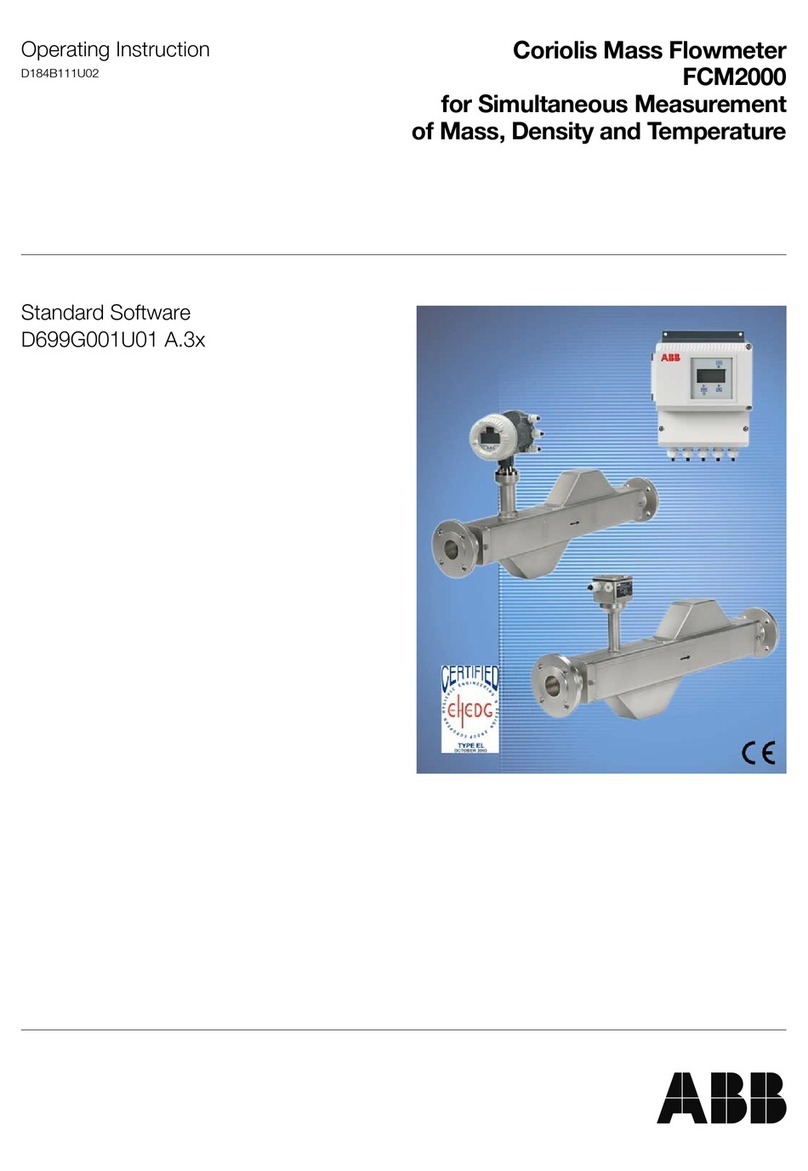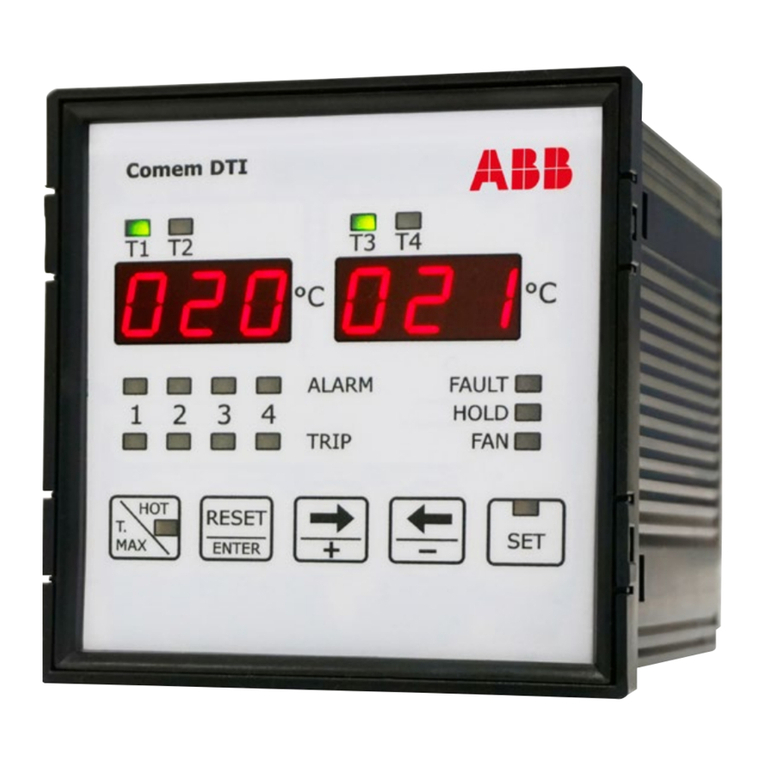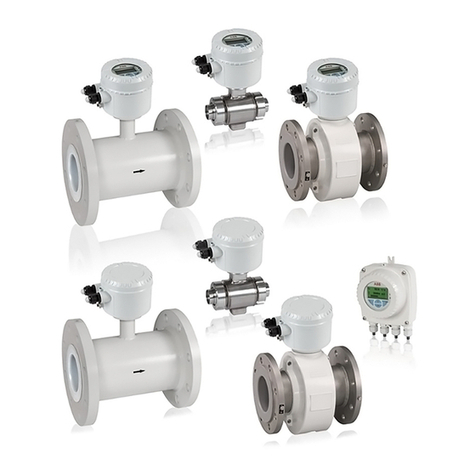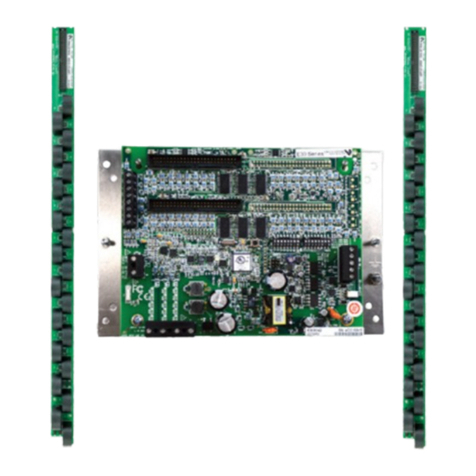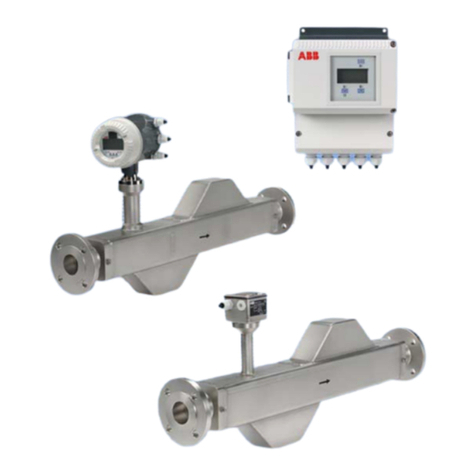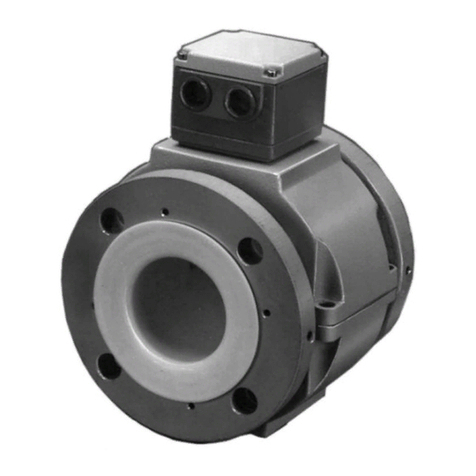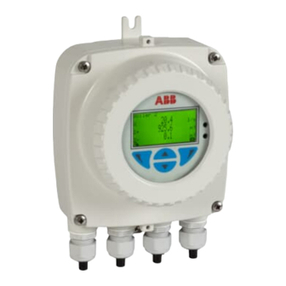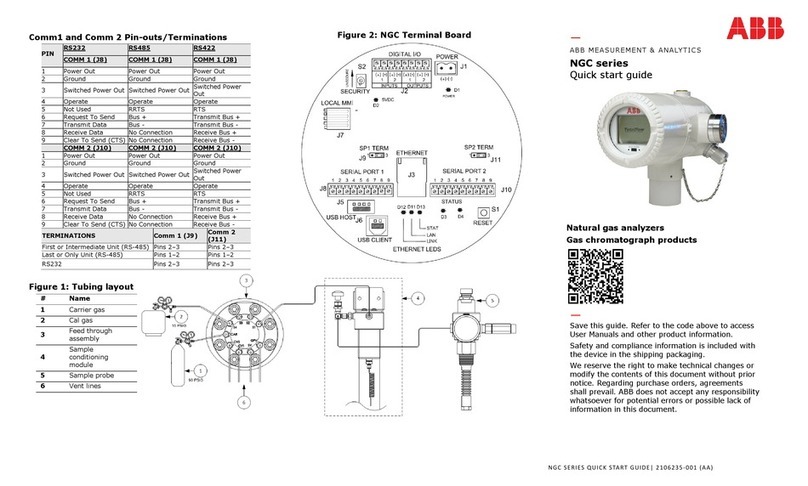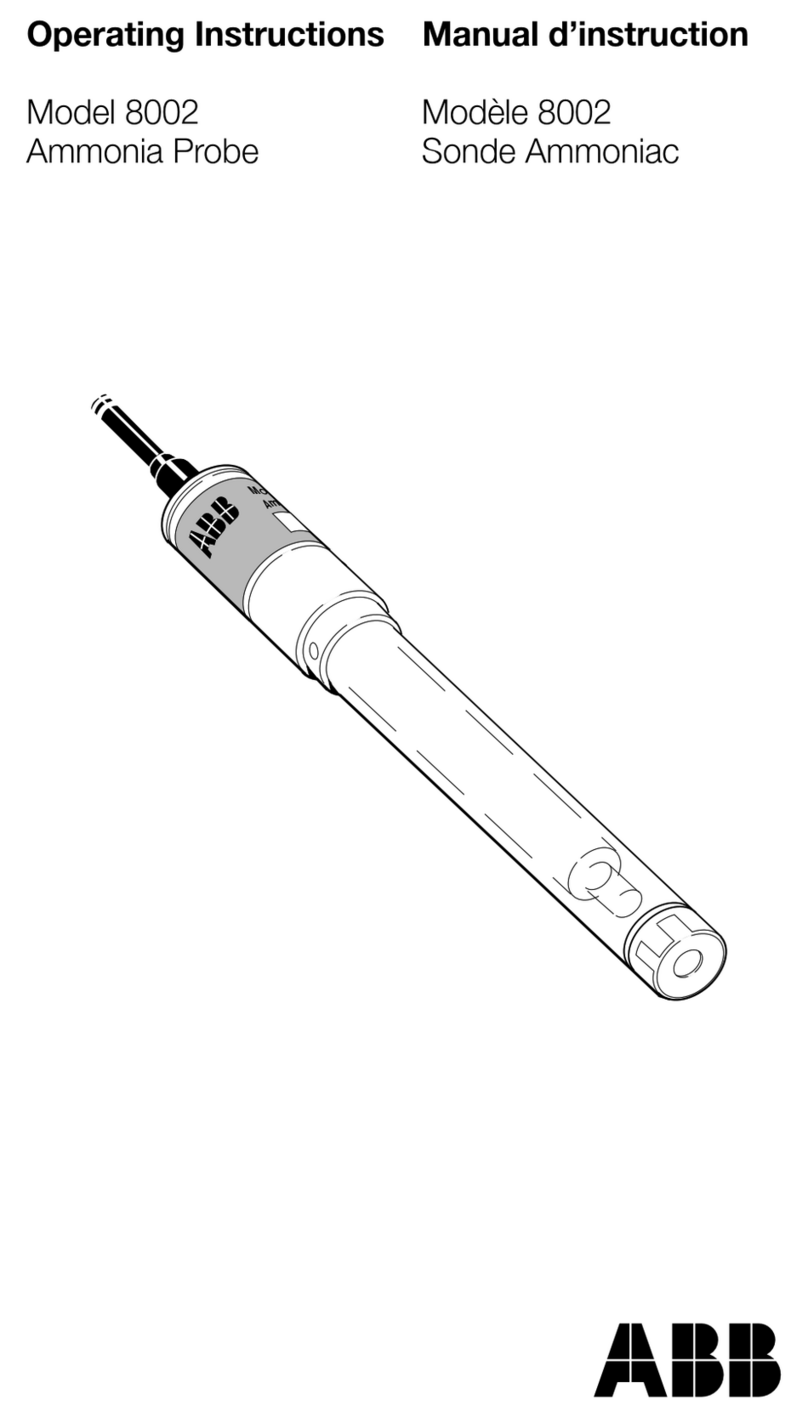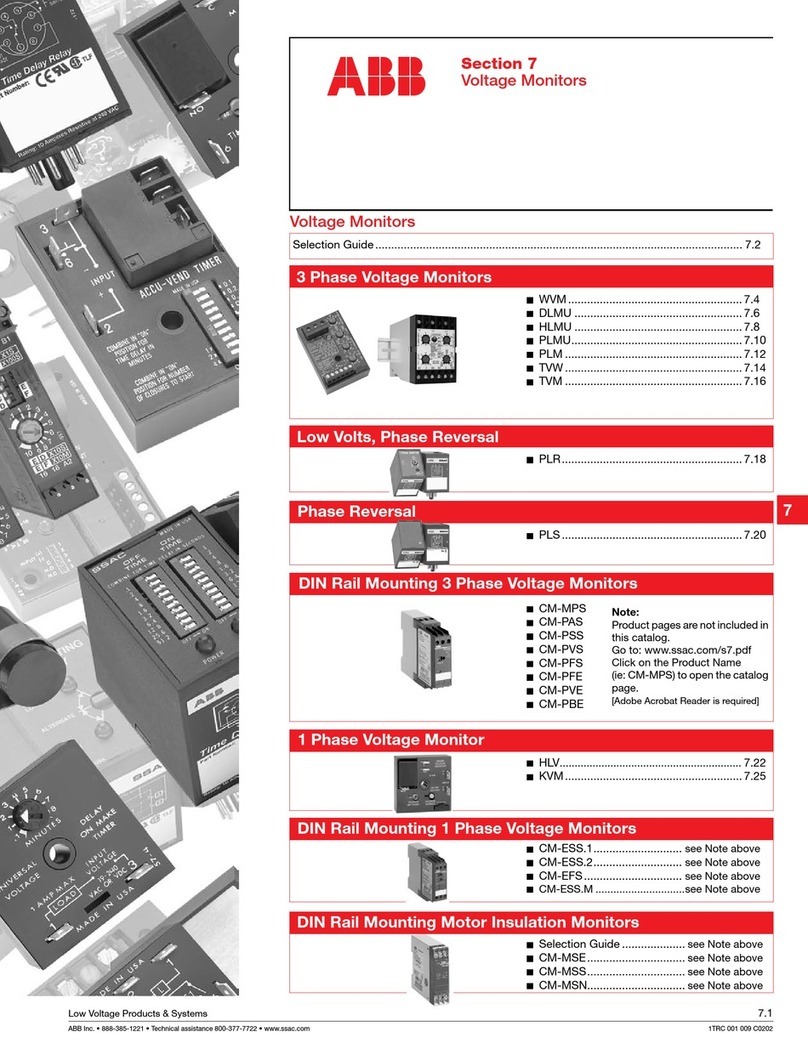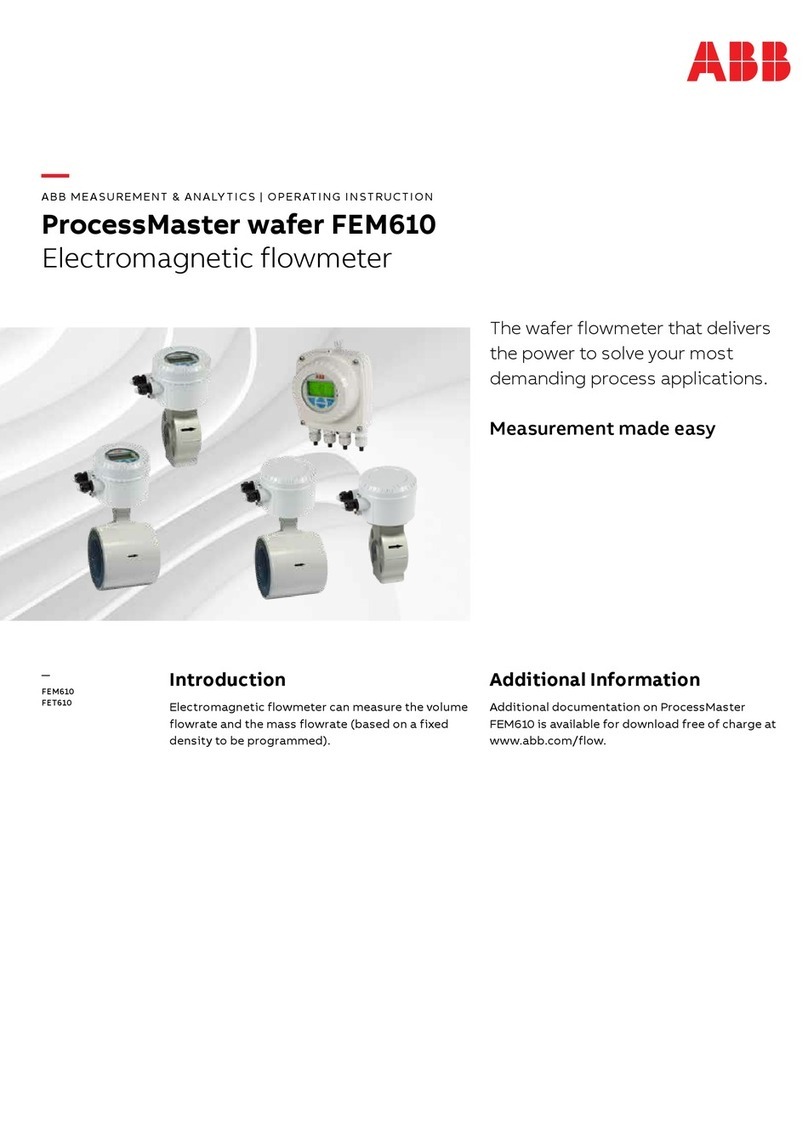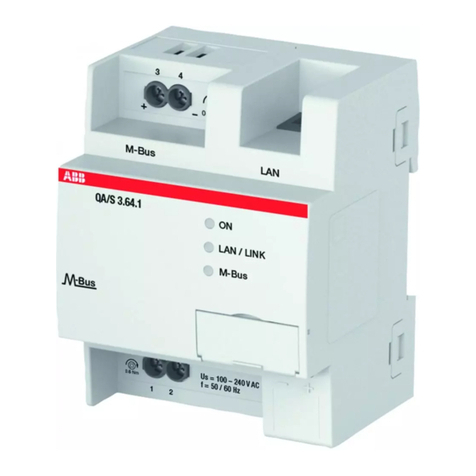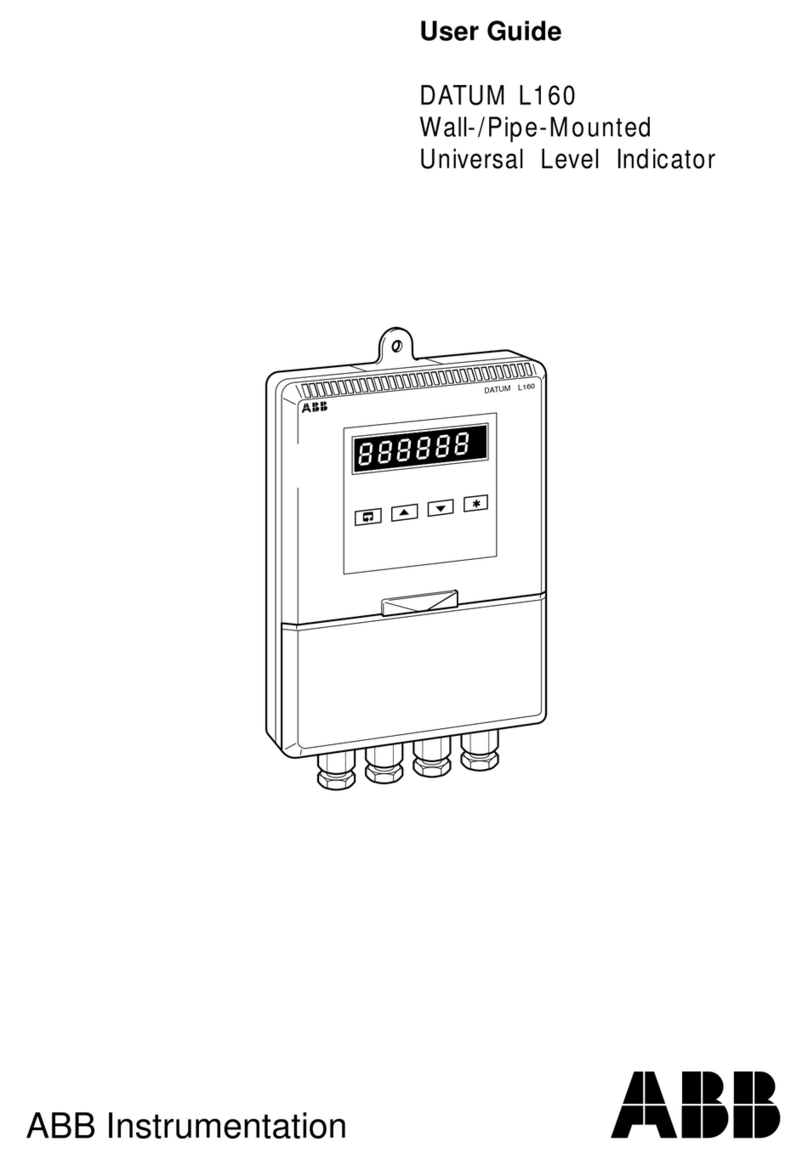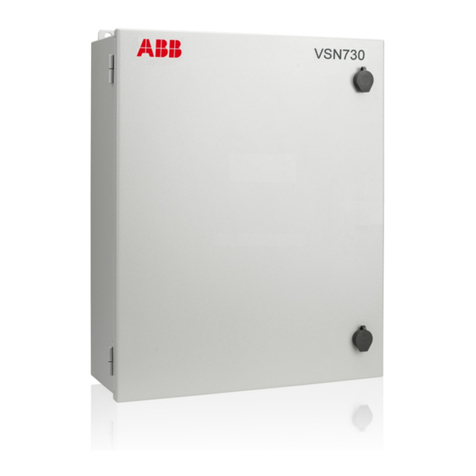
Contents
2 - EN FEX300, FEX500 CI/FEX300/FEX500-EN
1Safety....................................................................................................................................................................5
1.1 General information and notes for the reader ................................................................................................5
1.2 Intended use...................................................................................................................................................6
1.3 Improper use ..................................................................................................................................................6
1.4 Target groups and qualifications ....................................................................................................................6
1.5 Plates and symbols ........................................................................................................................................7
1.5.1 Safety- / warning symbols, note symbols................................................................................................7
1.6 Transport safety information ..........................................................................................................................8
1.7 Installation safety information.........................................................................................................................8
1.8 Safety instructions for electrical installation ...................................................................................................8
1.9 Safety instructions for operation.....................................................................................................................9
1.10 Technical limit values .....................................................................................................................................9
1.11 Allowed Fluids ................................................................................................................................................9
1.12 Returning devices.........................................................................................................................................10
1.13 Disposal........................................................................................................................................................10
1.13.1 Information on WEEE Directive 2002/96/EC (Waste Electrical and Electronic Equipment).................10
1.13.2 RoHS Directive 2002/95/EC..................................................................................................................10
2Device designs ..................................................................................................................................................11
2.1.1 Model with compact design...................................................................................................................11
2.1.2 Model with remount mount design ........................................................................................................12
3Transport............................................................................................................................................................13
3.1 Inspection .....................................................................................................................................................13
3.2 Transport of flanged units smaller than DN 450 ..........................................................................................13
3.3 Transport of flanged units larger than DN 400 .............................................................................................13
4Mounting ............................................................................................................................................................14
4.1 General information on installation...............................................................................................................14
4.1.1 Supports for meter sizes larger than DN 400........................................................................................14
4.1.2 Mounting the measuring tube................................................................................................................15
4.2 Torque information .......................................................................................................................................16
4.2.1 ProcessMaster in flange design and HygienicMaster in flange or wafer-type design ..........................16
4.2.2 Variable process connections HygienicMaster .....................................................................................20
4.3 Information on EHEDG conformity...............................................................................................................21
4.4 Information on 3A conformity .......................................................................................................................21
4.5 Installation Requirements.............................................................................................................................22
4.5.1 Flow direction ........................................................................................................................................22
4.5.2 Electrode axis........................................................................................................................................22
4.5.3 In- and outlet pipe sections ...................................................................................................................22
4.5.4 Vertical connections ..............................................................................................................................22
4.5.5 Horizontal connections..........................................................................................................................22
4.5.6 Free inlet or outlet .................................................................................................................................22
4.5.7 Strongly contaminated fluids.................................................................................................................22
4.5.8 Installation in the vicinity of pumps .......................................................................................................23
4.5.9 Installing the high temperature design ..................................................................................................23
4.5.10 Devices with extended diagnostic functions .........................................................................................23
4.5.11 Installation in pipelines with larger nominal diameters..........................................................................23
4.6 Ground..........................................................................................................................................................24
4.6.1 General information on ground connections .........................................................................................24
4.6.2 Metal pipe with fixed flanges.................................................................................................................24
4.6.3 Metal pipe with loose flanges................................................................................................................25
4.6.4 Plastic pipes, non-metallic pipes or pipes with insulating liner .............................................................26
4.6.5 Sensor type HygienicMaster .................................................................................................................27
